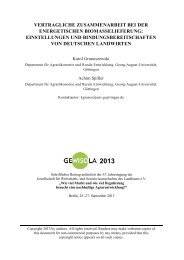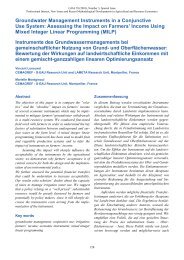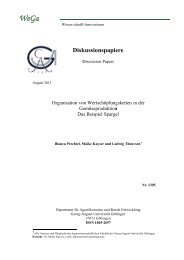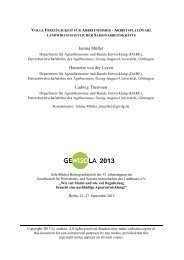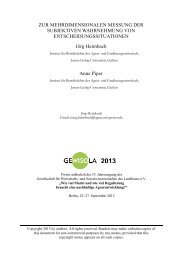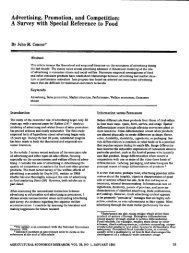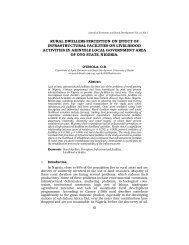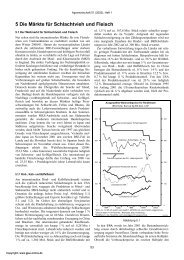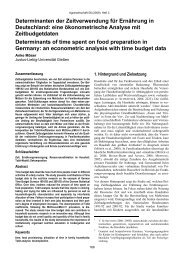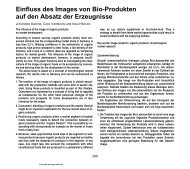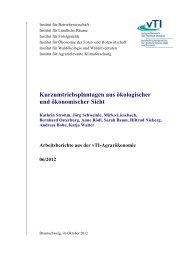District Institutes of Education and Training - Teacher Education
District Institutes of Education and Training - Teacher Education
District Institutes of Education and Training - Teacher Education
Create successful ePaper yourself
Turn your PDF publications into a flip-book with our unique Google optimized e-Paper software.
<strong>District</strong> <strong>Institutes</strong> <strong>of</strong> <strong>Education</strong> <strong>and</strong> <strong>Training</strong>: A Comparative Study in Three Indian States<br />
Box 0.2: Lok Jumbish<br />
Lok Jumbish (people’s movement) was launched by the Swedish International<br />
Development Authority in 1992 as a people’s movement for universalization <strong>of</strong><br />
primary education, for women’s equality <strong>and</strong> to re-establish the dignity <strong>of</strong><br />
teachers. It was implemented in phases: phase I from June 1992 – June 1994;<br />
phase II July 1994 – June 1998, with a 3: 2: 1 expenditure ratio between SIDA,<br />
the Government <strong>of</strong> India <strong>and</strong> the Government <strong>of</strong> Rajasthan. SIDA terminated<br />
funding in 1998, following India’s nuclear tests; funding was taken up the UK’s<br />
DFID on a share basis with the DPEP.<br />
The aims <strong>of</strong> LJ (LJ 2000) were to:<br />
• Provide education to all children below 14 years <strong>of</strong> age by strengthening the<br />
present educational system <strong>and</strong> by adopting non-formal education where<br />
necessary.<br />
• Ensure that all children who have taken admission regularly attend their<br />
respective schools or sahaj shiksha kendra <strong>and</strong> finish their primary education.<br />
• Adopt such a structure <strong>and</strong> activities that results in empowerment <strong>of</strong> women<br />
<strong>and</strong> that education enforces women equality.<br />
• Improve the quality <strong>of</strong> education <strong>and</strong> to establish such a system that the all<br />
children achieves at least minimum level <strong>of</strong> learning.<br />
• Make an effort to bring equality in education so that equality is fostered<br />
between boys <strong>and</strong> girls, between socially <strong>and</strong> educationally deprived sections<br />
<strong>of</strong> society <strong>and</strong> other sections <strong>of</strong> society.<br />
• Improve upon the content <strong>and</strong> delivery <strong>of</strong> education in such a way that it<br />
relates to their local environment, local culture, their life <strong>and</strong> their work.<br />
• Draw communities into planning <strong>and</strong> managing education.<br />
Its seven guiding principles were:<br />
1 People’s Participation 2 Decentralisation<br />
3 Equality for women 4 Respect for <strong>Teacher</strong>s<br />
5 Quality <strong>and</strong> improvement in education 6 <strong>Training</strong><br />
7 Evaluation<br />
LJ espoused a process rather than product approach, achieved through<br />
partnerships, decentralised functioning <strong>and</strong> participatory learning. While there<br />
would be integration with the mainstream education system, there would also<br />
be flexibility <strong>of</strong> management through multiple levels <strong>of</strong> leadership, commited to<br />
quality <strong>and</strong> the mission mode.<br />
DFID 9



